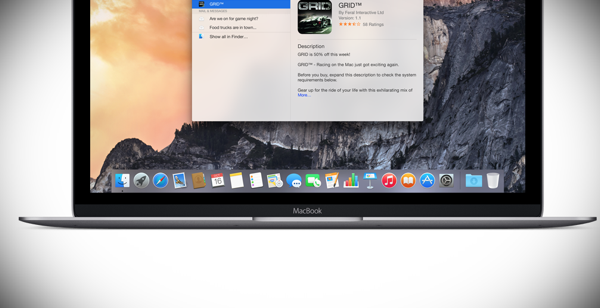
Select options from the startup screen to enter macOS Recovery. Hold down the power button to turn the Mac on again and hold for several seconds until you see the Loading startup option. Open the Apple Menu and select Shut Down. Macs using Apple silicon require a different method where you must actually turn your computer off completely. Release the keys to boot up your Mac and open macOS Recovery. Hold down Command + R until the Apple logo appears. Open the Apple icon and choose Restart. However, with the release of the new Macs, there are now two different ways of doing this depending on the chip inside your computer. Step 1:In order to access the options for erasing your data and reinstalling the operating system, you need to enter macOS Recovery. After that, you can follow the steps below to start resetting to factory settings. Steps to Reset Mac to Factory Settingsīefore you begin resetting your Mac to factory settings, the first thing you need to do is backup your important data. Bitwar Data Recovery Software for Macis capable of recovering data after a factory reset. While it is often considered to be a permanent deletion of data, this is not always true. 
It can also deal with device performance issues, such as freezing.Ī format of the hard drive will erase all data of the hard drive and remove it from your iMac, MacBook Pro or Mac Mini.


Factory resets are sometimes used in certain situations, such as repairing faulty devices, cleaning viruses or files are difficult to clean, clearing memory space, and restoring the device to default settings. Restoring factory Settings has certain benefits.
#Restore default settings mac mac os#
Resetting your Mac to factory settings includes a series of operations behind the scenes, which involve two main things: a full hard drive format and a reinstallation of macOS / Mac OS X.







 0 kommentar(er)
0 kommentar(er)
